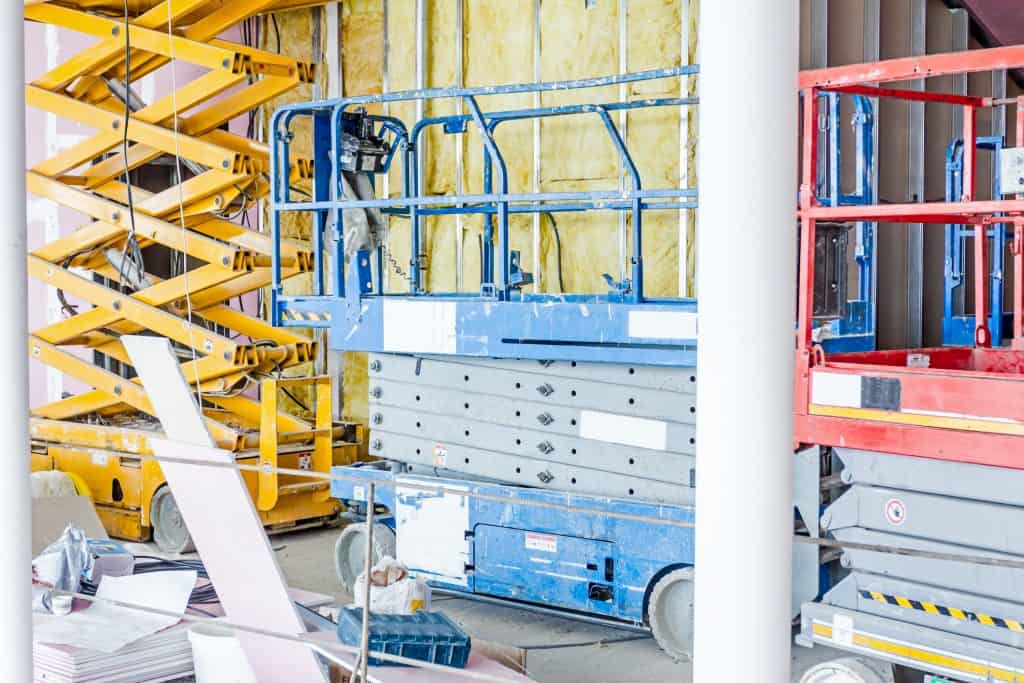Successful management of occupational health and safety (OHS) requires reciprocal, active dialogues between workers and their managers. In OHS terms this is Consultation. To provide some structure to that consultation, it is becoming more common to designate some workers as “Safety Champions”.

This October, Safe Work Australia is promoting its National Safe Work Month urging everyone to be a “Safety Champion”. This is more about the act of championing safety than having a Safety Champion title. In the past, SWA has used alternate terms such as “Safety Ambassador” but it still struggles to enliven the conversations about OHS in workplaces, partly because of its passive messaging.




